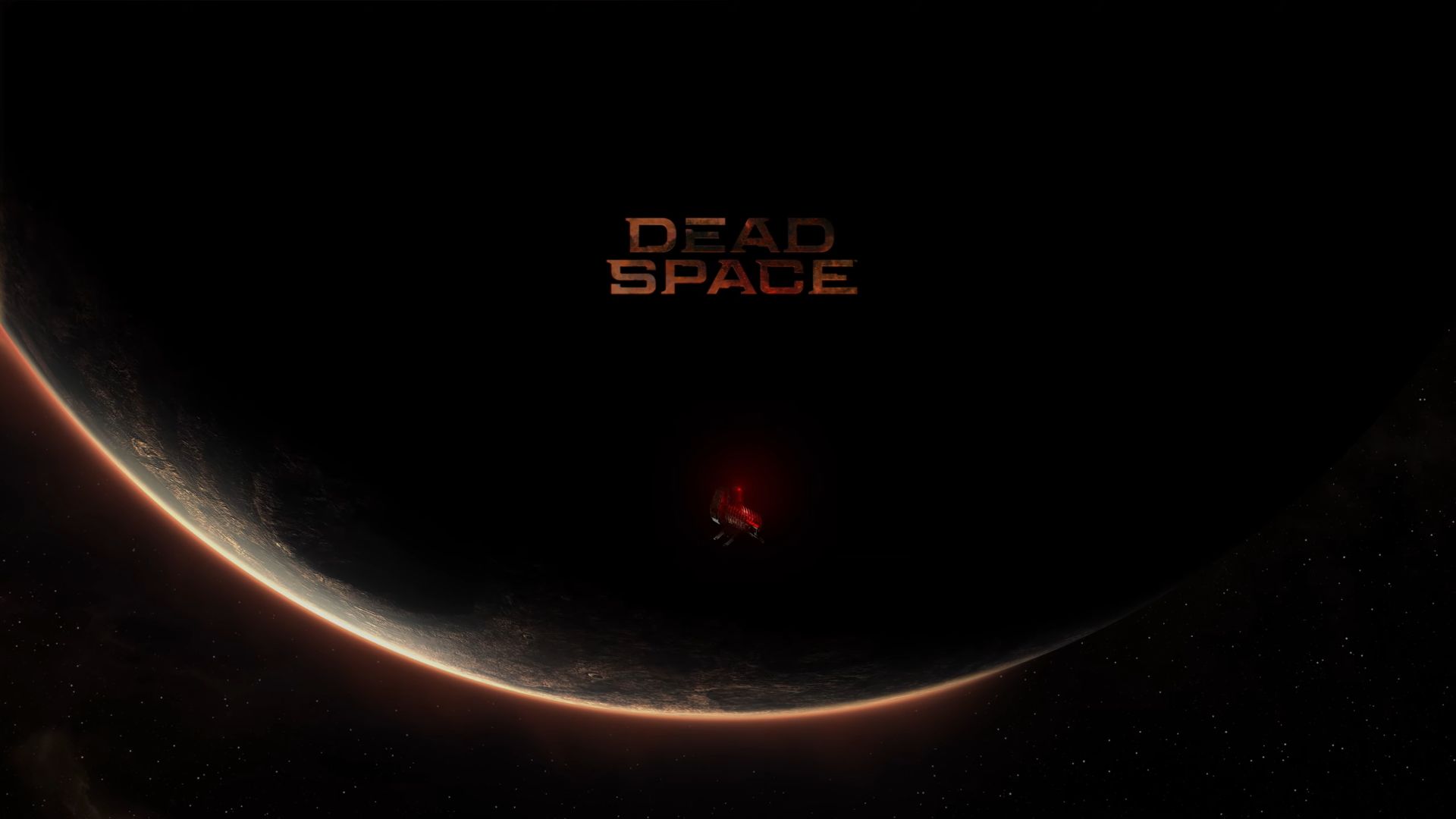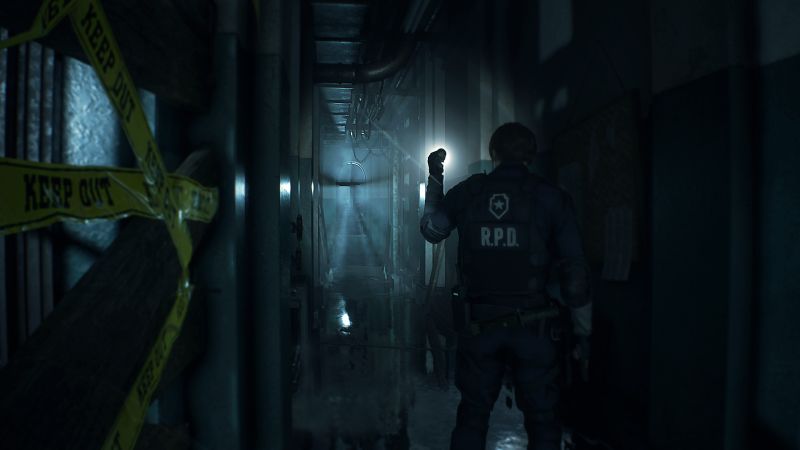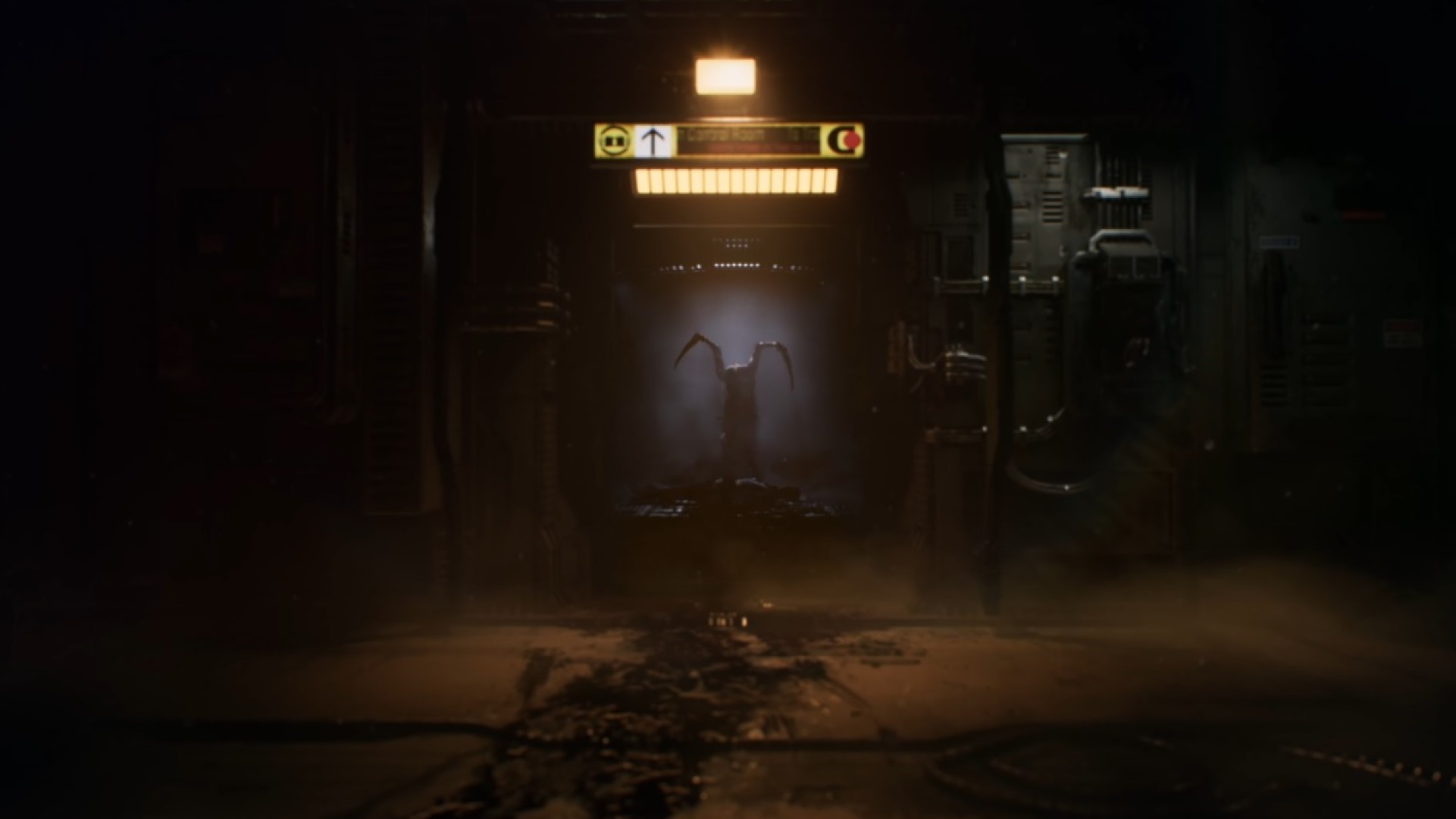Bringing back Dead Space is probably one of the most crowd-pleasing decisions EA has made in years (of course, that’s only true because them killing off the franchise and its developer to begin with was one of their most crowd-displeasing decisions in years), but as excited as millions of people are about the prospect of playing a new Dead Space game in the hopefully not-too-distant future, it’s worth remembering that it’s not guaranteed to succeed. There’s one very simple reason for that- remaking a game, any game, is a tricky business, but it becomes trickier still when the game you’re remaking is as fiercely beloved as the first Dead Space.
An easy way to avoid pitfalls in such a scenario is to just stick to the source material as closely as possible- keep the game, its design, and its mechanics intact, but update all the audio-visual stuff, and make quality-of-life changes on top of it all to simply modernize the experience. In recent years, games such as Shadow of the Colossus and Demon’s Souls have taken that route, and it’s fair to say that it’s worked out pretty well for them. After all, if you’re remaking a timeless classic, what better way is there to make sure that the game doesn’t lose its luster than not deviating too far from what made it great?
It would be easy to suggest a similar approach for Dead Space- but there’s just one problem. This is a horror game. The point of a horror game is to keep players on their toes, to keep them guessing, to constantly keep planting that seed of doubt in their minds that makes them fearful of what threat they may or may not face next. For a game like that, a remake that sticks to the script isn’t the best idea, because that’s antithetical to that key fear of the unknown. What Dead Space needs to do, then, is somehow strike a balance between remaining faithful to the original while also betraying expectations and injecting that fear of unknown back into an experience that many players will have already played at least once over the last decade. That’s easier said than done- but thankfully, the developers at EA Motive have some pretty excellent examples that they can take notes from.
The prime example is, of course, Resident Evil 2, which expertly walked that line with its 2019 remake. It took a game that was 20 years old and modernized it in such a way that in many ways, it was a completely new game. It went from fixed cameras to third person, it swapped tank controls for the over-the-shoulder style of Resident Evil 4, it added some new content and removed some old content, it remixed things from the original game, it changed up level design and layout in some instances.
At the same time though, it didn’t go too far. While there was a lot that was new and a lot that had changed, there was also quite a bit that had been brought over from the original game either as is, or with minor modifications at most. It was because of this that even someone who may have played the original Resident Evil 2 dozens of times could never be too sure about what the remake was about to throw at them next. And it was exactly because of this masterfully struck balance that Resident Evil 2 could keep players guessing and inject oodles of tension and atmosphere into the game while still feeling like a faithful remake that was true to the spirit of the game it was based on.
And that, really, is the most important thing that the Dead Space remake needs to keep in mind. It needs to be a faithful remake, yes- it would be foolish not to, given how excellent the original game is. But it should be faithful not in content, but in spirit. As nebulous as that might seem, that’s really the most important thing that EA Motive needs to keep in mind, and to figure out how they can do that, once again, they need only take a look at what Capcom did with Resident Evil 2.
Take the level design for instance. Resident Evil 2’s remake takes players to a lot of the locations that the original game did, from the RPD building to the Raccoon City sewers to Umbrella’s underground lab (or NEST, as the remake calls it), and large chunks of the layout of each of these sections are actually almost exactly the same as the original game. But then again, there are large chunks that aren’t- shortcuts that connect to areas that they didn’t before, entire rooms and corridors that did not exist in the original game, the locations of some enemies or even rooms having been altered, puzzles that were redesigned. There was just enough to keep things feeling fresh and new, but not totally unfamiliar.
Altering the level design of the USG Ishimura would be one of the best ways for Dead Space to achieve a similar effect, whether that’s expanding upon existing areas, completely changing up certain locations, or even adding in entirely new locations (the way Resident Evil 2 did with the orphanage, for instance). Meanwhile, from a mechanical perspective, the developers have already said that they’re going to be incorporating several elements from Dead Space 2 and 3 into the remake, which is another potentially excellent idea. Expanding upon the dismemberment in combat or introducing new mechanics and making them an integral part of the experience would do wonders for the remake- though, again, the line needs to be toed carefully here, and the developers do need to be mindful about just how much new stuff they end up adding. Anything that takes away from the oppressive atmosphere and palpable horror of the original Dead Space should ideally not even be considered for the remake, so if a mechanic or some new content is perhaps too action-heavy, it might not be a good fit for the game.
And of course, there are other changes that EA Motive could and probably should make to the original game in similar vein to Resident Evil 2. The story, for instance, could do with some reworking and overhauling, especially considering the fact that in the original game, Isaac Clarke was a silent protagonist. It wasn’t until the sequel that he was fleshed out as a proper character, so seeing some of that being incorporated into the remake would be the ideal scenario. And again, the game’s developers have also said that they’re going to also make some changes to the narrative to make it connect better with future games and multimedia Dead Space spinoffs, which definitely sounds like the right decision.
With all of that said, it goes without saying that the work that the Dead Space remake has cut out for it isn’t nearly as complicated as what Capcom had to do with Resident Evil 2. RE2 had to modernize and remake a significantly older game that was extremely aged, and as a result, had to end up rethinking and overhauling even some of the most fundamental aspects of the experience.
If anything though, that should give EA Motive some confidence that they can achieve something truly special with the Dead Space remake. They have an excellent foundation in place already- now all they need to do is build on it, and make sure that the changes and additions they make – and hopefully, they will make several of those – are faithful to the spirit of the original Dead Space. Excellent level design, brutal combat, terrifying enemies, incredible atmosphere, heart-pounding horror- that’s what should define Dead Space, and as long as the remake sticks to those pillars, it might as well do some new and exciting things that will surprise even long-time Dead Space fans.
Note: The views expressed in this article are those of the author and do not necessarily represent the views of, and should not be attributed to, GamingBolt as an organization.
from Video Game News, Reviews, Walkthroughs And Guides | GamingBolt https://ift.tt/3zUIOkH




Comments
Post a Comment